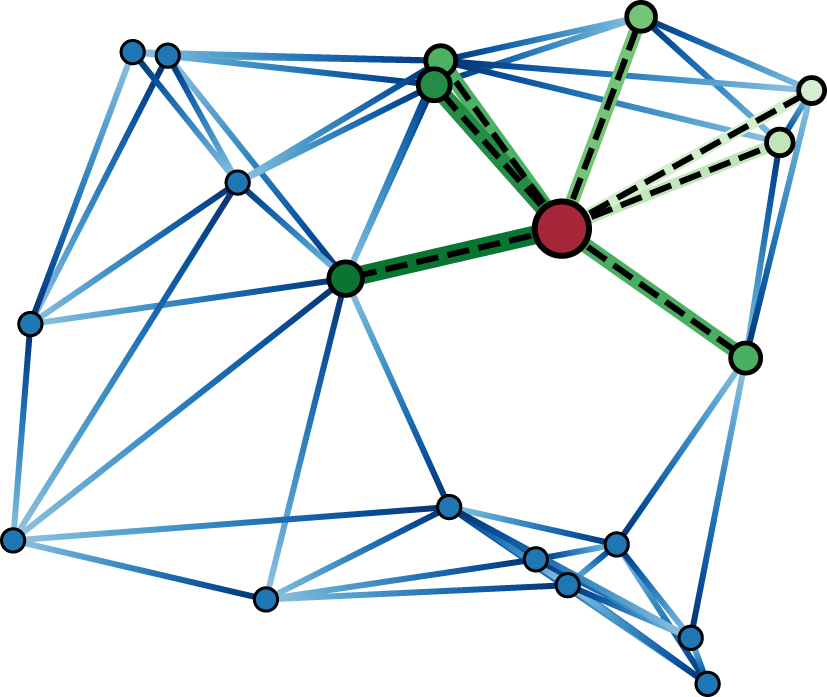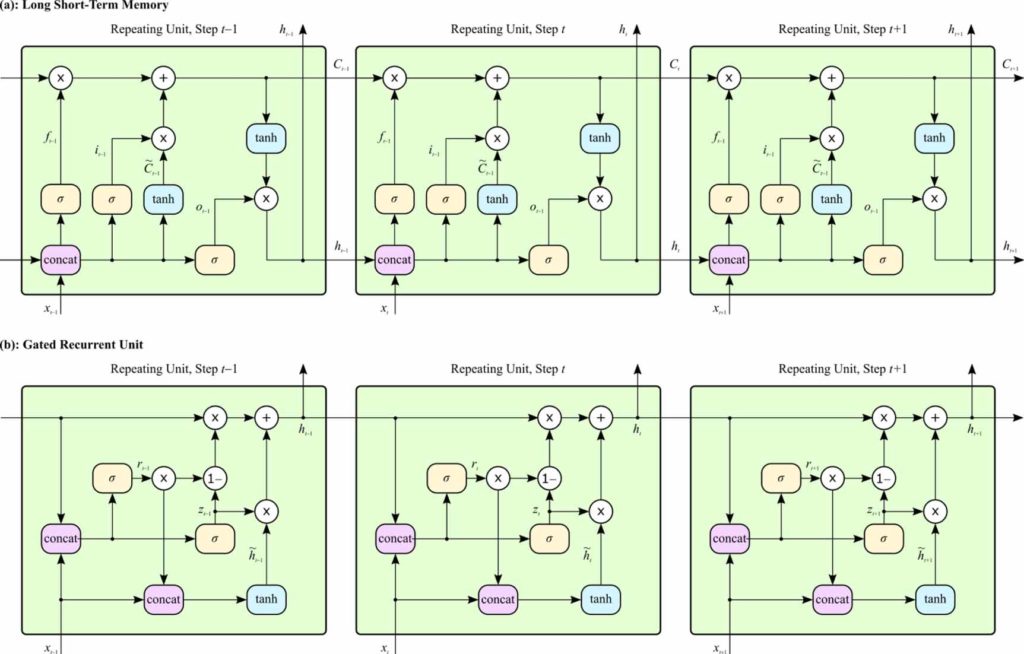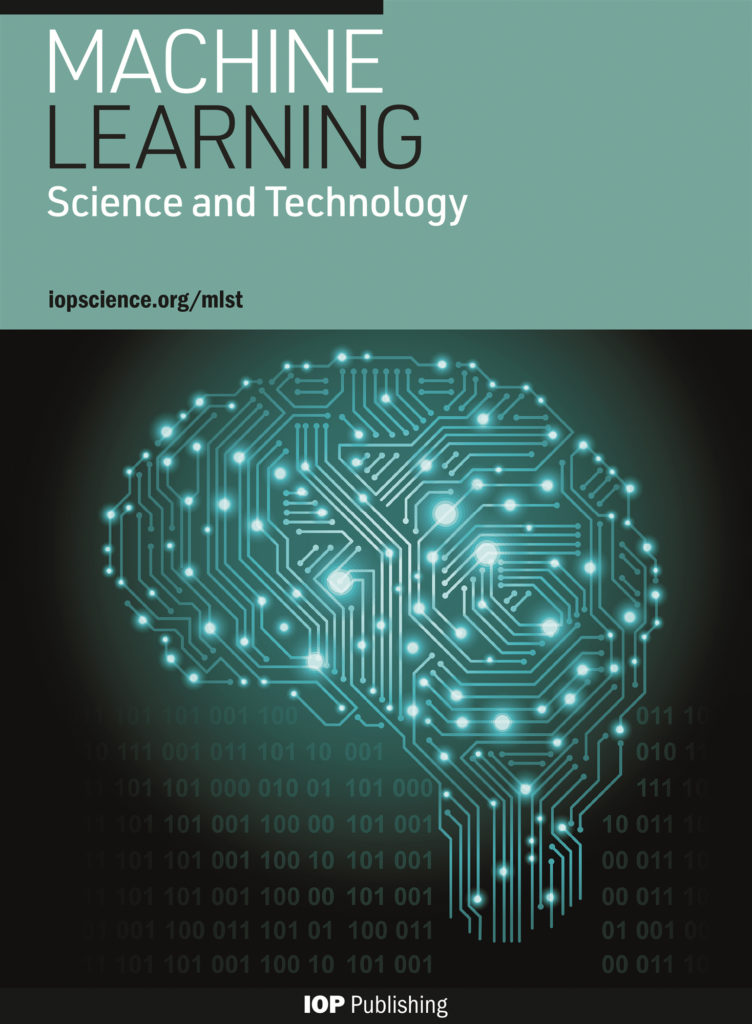Machine Learning: Science and Technology期刊亮点文章

我们很高兴推出Machine Learning: Science and Technology (MLST)期刊亮点文章合集,这些文章体现了期刊的高质量、创新性,并呈现了一些受关注的研究工作。
感谢我们所有的作者和审稿人对MLST期刊的大力支持,希望大家能够喜欢和阅读本期的文章合集。
文章合集
Graph neural networks in particle physics
Jonathan Shlomi, Peter Battaglia and Jean-Roch Vlimant

Abstract:
Particle physics is a branch of science aiming at discovering the fundamental laws of matter and forces. Graph neural networks are trainable functions which operate on graphs—sets of elements and their pairwise relations—and are a central method within the broader field of geometric deep learning. They are very expressive and have demonstrated superior performance to other classical deep learning approaches in a variety of domains. The data in particle physics are often represented by sets and graphs and as such, graph neural networks offer key advantages. Here we review various applications of graph neural networks in particle physics, including different graph constructions, model architectures and learning objectives, as well as key open problems in particle physics for which graph neural networks are promising.
Wen Guan, Gabriel Perdue, Arthur Pesah, Maria Schuld, Koji Terashi, Sofia Vallecorsa and Jean-Roch Vlimant

Machine learning has been used in high energy physics (HEP) for a long time, primarily at the analysis level with supervised classification. Quantum computing was postulated in the early 1980s as way to perform computations that would not be tractable with a classical computer. With the advent of noisy intermediate-scale quantum computing devices, more quantum algorithms are being developed with the aim at exploiting the capacity of the hardware for machine learning applications. An interesting question is whether there are ways to apply quantum machine learning to HEP. This paper reviews the first generation of ideas that use quantum machine learning on problems in HEP and provide an outlook on future applications.
Deep learning in electron microscopy
Jeffrey M Ede

Deep learning is transforming most areas of science and technology, including electron microscopy. This review paper offers a practical perspective aimed at developers with limited familiarity. For context, we review popular applications of deep learning in electron microscopy. Following, we discuss hardware and software needed to get started with deep learning and interface with electron microscopes. We then review neural network components, popular architectures, and their optimization. Finally, we discuss future directions of deep learning in electron microscopy.
期刊介绍
Machine Learning: Science and Technology
- 2021年影响因子:6.013 Citescore:4.2
- Machine Learning: Science and Technology (MLST)是一本跨学科期刊,致力于发表智能机器在物理、材料科学、化学、生物学、医学、地球科学、天文学和工程学等多学科领域的应用和发展。涉及领域包括:物理学和空间科学;设计和发现新材料和分子;材料表征技术;模拟材料、化学过程和生物系统;原子和粗粒度模拟;量子计算;生物学、医学和生物医学成像;地球科学(包括自然灾害预测)和气候学;模拟方法和高性能计算。同时,也包括机器学习方法在概念上的新进展:新的学习算法;深度学习架构;核心方法;概率和贝叶斯方法;生成方法;强化和主动学习;经常性和基于时间结构的方法;神经启发方法(包括神经形态计算)。

